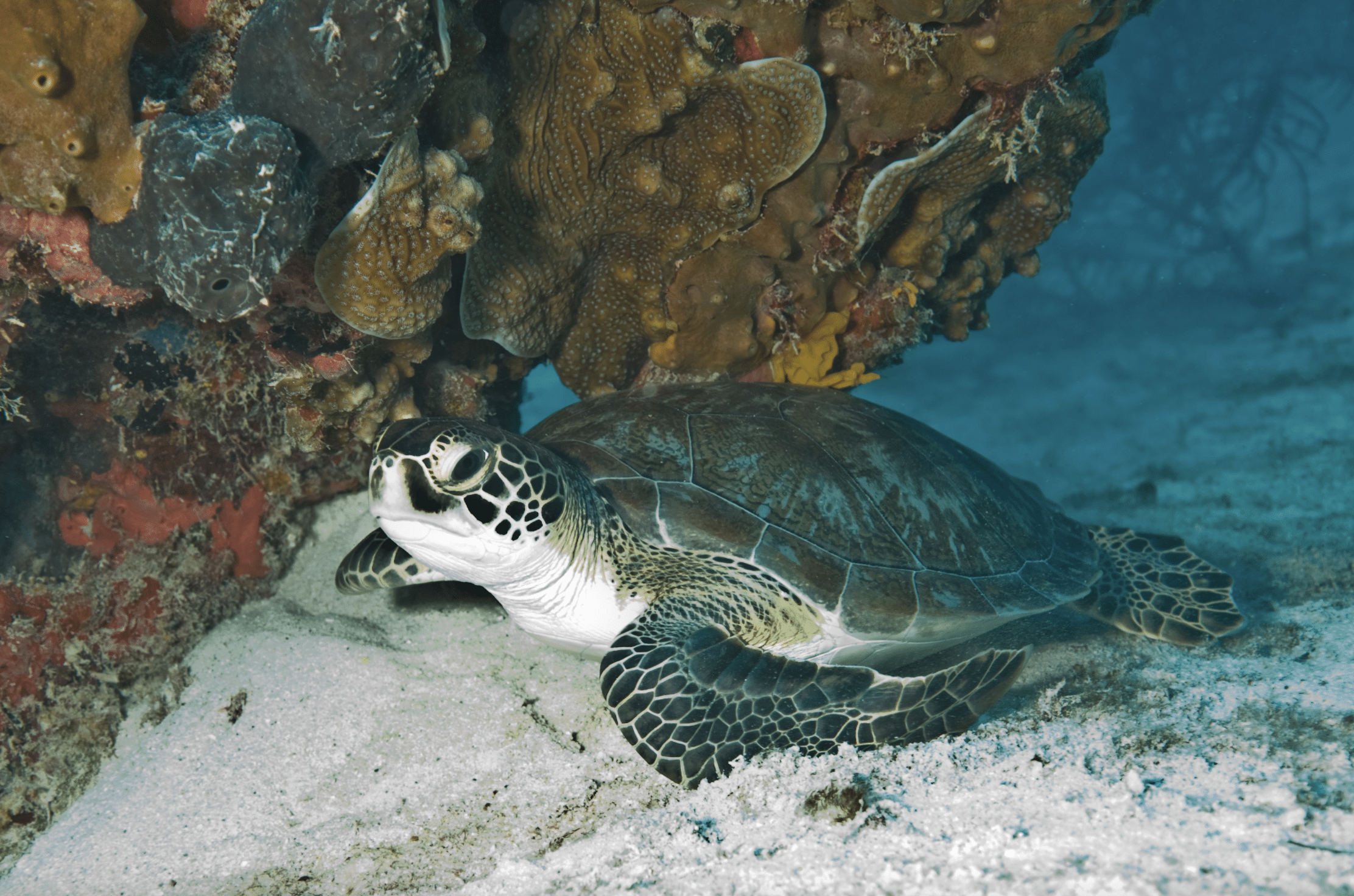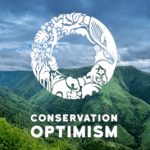Wondering what went right this week in the conservation world? We’ve got you covered with our Conservation Optimism Round-Up! Each week we are collating stories of optimism from around the globe so that you never miss your dose of Monday Motivation.
1. The UK’s red kites are coming back from the brink
“‘Much of conservation is a constant battle against losses and declines,’ says Ian Carter, a naturalist and author who was involved with the red kite reintroductions. ‘The kite is a good news story – it shows how we can put things right if we put our minds to it, [and] it is well worth celebrating.'”
The UK’s red kite numbers recovered dramatically over the next thirty years with the Welsh population staging a spectacular comeback, with most of the reintroduced populations establishing themselves and breeding well. https://t.co/b2Q388q3wV #rewilding #conservationoptimism
— Citizen Zoo (@CitizenZoo) March 30, 2022
2. Researchers reintroduce longfin dace into Tucson’s Santa Cruz River
“‘Now that we have water in the river back in downtown, we’ve got stable habit and good habitat,’ said Michael Bogan, an assistant professor at the University of Arizona, as he stood along the bank of the river, as a few people excitedly pointed out longfins racing in the cool water. ‘And for Tucsonans, this is bringing life that was here back to river, and that disappeared because of the city’s growth in the first place.'”
For the first time in 100 years, the Longfin #Dace is swimming the Santa Cruz River of #Arizona thanks to reintroduction efforts!
— Global Conservation Solutions (@_GCS_) March 30, 2022
Photo: Joel Sartore #fish #rivers #freshwater #nature #wildlife #news #conservationoptimism #conservation #letnaturethrivehttps://t.co/AFPv7X0dJt pic.twitter.com/FQKpUKVSks
3. Indigenous people are leading effort to bring caribou back from brink of extinction
“Scientists credit the leadership of First Nations as a critical ingredient, providing money, staffing, and political power. ‘The only people I know, across the country, who are doing anything to really reverse caribou population declines are those two First Nations,’ says Mark Hebblewhite, a wildlife habitat ecologist at the University of Montana, Missoula.”
Indigenous people are leading effort to bring caribou back from brink of extinction #ConservationOptimism https://t.co/Ore1Q6XTFN
— Erle Ellis (艾尔青) (@erleellis) April 2, 2022
4. Nepal’s first bird sanctuary takes flight, raising hope for conservation
“The Ghodaghodi complex, a wetland in western Nepal’s Sudurpashchim province, was recently declared a bird sanctuary by the provincial and the Ghodaghodi municipal governments. More than 360 bird species, some of them native and some migratory, have been recorded in the complex, which covers 2,563 hectares (6,330 acres).”
#Nepal has designated their very first bird sanctuary, conserving over 2,500 ha of #wetlands for over 360 species of #birds!#protectedareas #nature #wildlife #biodiversity #conservationoptimism #news #wildlifeconservation #conservation #LetNatureThrive https://t.co/uQ8XgkweiX
— Global Conservation Solutions (@_GCS_) March 28, 2022
5. Indian Ocean marine parks off Christmas Island and Cocos Islands get the go-ahead
“‘The marine parks were co-designed with the local community to ensure that they help maintain their sustainable local food source and way of life, and ensure the parks are a key driver of the local, nature-based tourism industry,’ Assistant Minister for Regional Development and Territories Nola Marino said.”
Two new #marine #ProtectedAreas around #Cocos and #Christmas #Islands now conserve over 740,000 sq km of coral #reefs and other #ocean #ecosystems!#oceanconservation #blueplanet #nature #wildlife #conservationoptimism #conservation #LetNatureThrivehttps://t.co/lh71PpYPQK pic.twitter.com/XPAVvpmGhJ
— Global Conservation Solutions (@_GCS_) March 31, 2022
6. Breeding success brings new hope for the future of Bridled Nailtail Wallaby in NSW
“After two-and-a-half years of breeding in the feral predator-free safe zone, ecologists found that the founding population of 42 had doubled to an estimated 90 Bridled Nailtail Wallabies. The population growth is critical for the species, which was last recorded in the wild in NSW in the 1920s and was thought to be completely extinct until rediscovered by chance in central Queensland in 1973.”
Thanks to a #rewilding program in #Australia, a local pop'n of Bridled Nailtail #Wallabies has doubled in size within a protected area!#reintroduction #protectedareas #nature #wildlife #biodiversity #conservationoptimism #conservation #LetNatureThrive https://t.co/ZL9IsBsFJ1
— Global Conservation Solutions (@_GCS_) April 2, 2022
7. Sea turtles in Seychelles have recovered from the brink
” But undoubtedly protected sites are a crucial tool for regional ecosystem recovery and health, and the Aldabra story can serve as encouragement to conservation efforts around the world. It shows that, given the chance, animals have an extraordinary capacity to recover from the brink.”
Thanks to long-term #conservation efforts, Green #Turtles are thriving again in the #Seychelles, with a 665% increase in nests since the 1960s!#recovery #ocean #marine #blueplanet #nature #wildlife #biodiversity #conservationoptimism #LetNatureThrivehttps://t.co/Yx2skqd2lv
— Global Conservation Solutions (@_GCS_) April 1, 2022
Have a story to share for our weekly round-up? Use #ConservationOptimism on Twitter, Facebook, LinkedIn and Instagram!


